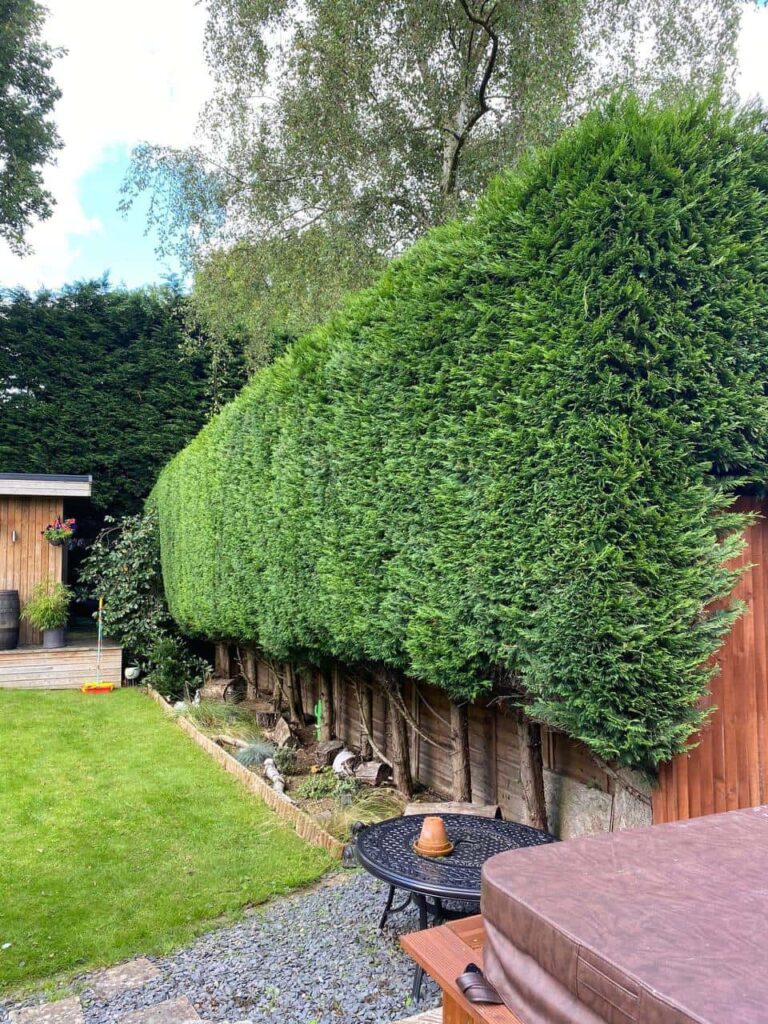Introduction: As tree enthusiasts and arborists, we understand the critical role that young tree care plays in shaping the future of our urban and natural landscapes. Just like nurturing a child’s growth is crucial for their development, providing the right care for young trees is essential for their long-term health and structural integrity. This blog post will delve into the art of pruning young trees and how this practice sets them up for a strong foundation, ensuring a thriving and majestic presence for years to come.
- The Importance of Early Care: The early years of a tree’s life are a critical period for its overall health and structural development. Proper pruning during this stage can significantly impact the tree’s future growth and longevity. We’ll explore how early care can prevent future issues and promote healthy growth.
- Pruning Objectives for Young Trees: Understanding the specific goals of pruning young trees is crucial. We’ll discuss key objectives such as establishing a central leader, developing strong scaffold branches, and encouraging a balanced canopy to maximise light penetration.
- Timing Matters: Timing is everything when it comes to pruning young trees. We’ll explain the best time of year to prune various tree species, considering seasonal growth patterns and how timing impacts tree response to pruning.
- Proper Pruning Techniques: Effective pruning techniques are the foundation of successful young tree care. We’ll cover essential practices like directional pruning, crown thinning, and the removal of dead or damaged branches, emphasising how these techniques create a well-structured canopy.
- Encouraging Natural Form: While pruning young trees is vital, respecting and enhancing their natural form is equally important. We’ll explain the balance between shaping the growth and allowing the tree to develop its unique character.
- Addressing Common Issues: Young trees are susceptible to various problems, including co-dominant stems and poor branch attachments. We’ll address these common issues and how strategic pruning can mitigate potential risks.
- The Role of Structural Support: Young trees may sometimes benefit from supplemental support to ensure a strong foundation. We’ll discuss the use of braces, staking, and other support systems, highlighting their importance in young tree development.
- The Benefits of Professional Pruning: While homeowners can perform some pruning tasks, we highly recommend consulting a professional tree surgeon for young tree pruning. We’ll explain the expertise and knowledge that arborists bring to the table, ensuring the best outcomes for the trees.
Conclusion: Pruning young trees for a strong foundation is an investment in the future of our landscapes. Providing proper care and attention during their formative years can help these trees grow into healthy, resilient, and visually appealing additions to our surroundings. At Mundford Tree Surgeons, we are passionate about nurturing the growth of young trees and shaping them for success. Let us be your partners in creating a greener, healthier tomorrow.
Call us on 01842 771 096 or click here to complete our contact form and see how we can help with your tree’s needs.

